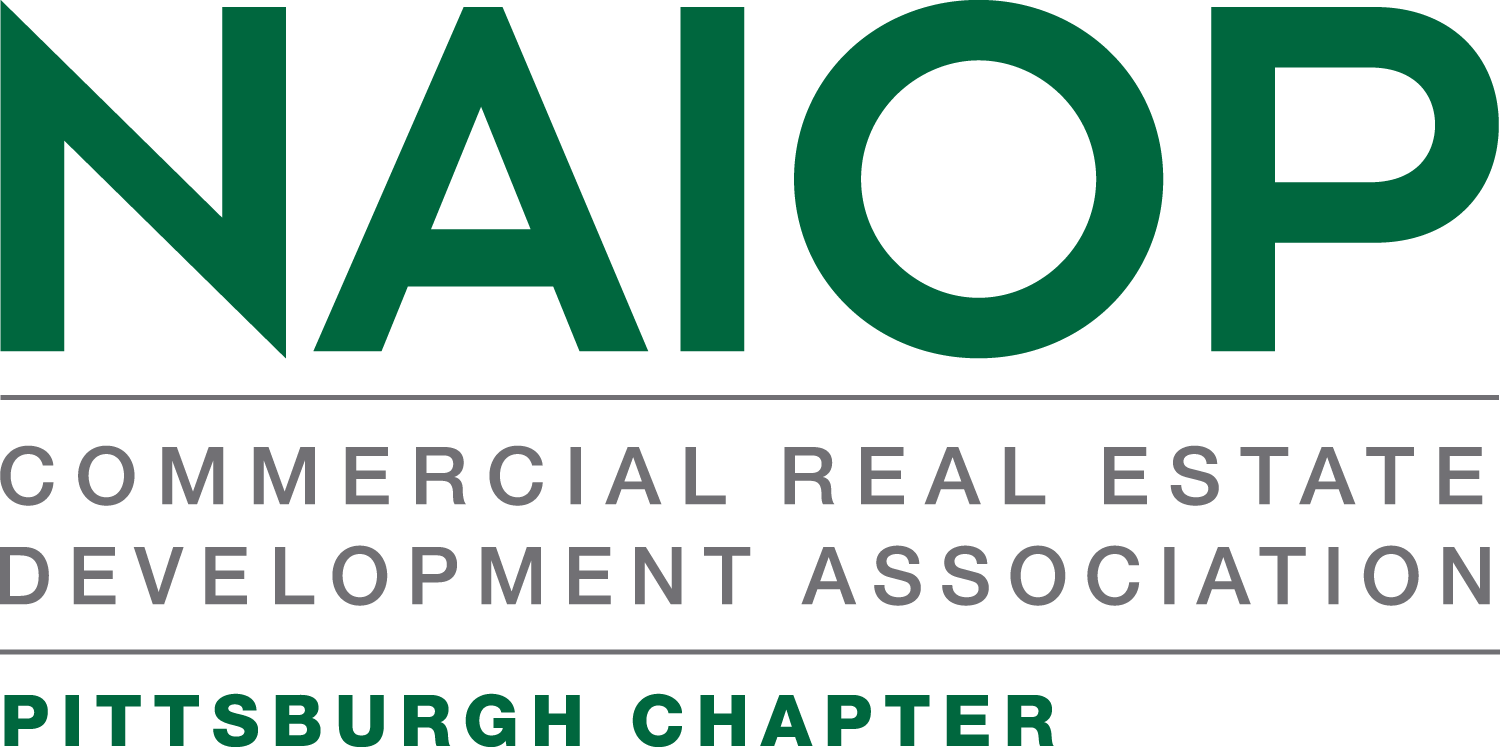Opportunity Zone Investment What you really need to know to maximize your return and mitigate taxes
By John R. Deklewa, Collier Capital, LLC
March 25, 2020
Benjamin Franklin said there are only two things certain in life: death and taxes.
Thanks to the Tax Cuts and Jobs Act of 2017, you can defer and reduce half of this certainty- taxes. The Tax Cuts and Jobs Act of 2017 was the most sweeping tax reform act in 30 years and the single biggest gift to the investment community since 1031 exchanges (https://www.investopedia.com/financial-edge/0110/10-things-to-know-about-1031-exchanges.aspx).
In fact, it is better than 1031s. The act created economic development Opportunity Zones. Here is what you need to know: Opportunity Zones are federally designated areas designed to spur economic development and job creation in distressed communities throughout the country (https://www.irs.gov/newsroom/opportunity-zones-frequently-asked-questions). You can invest in an OZ via direct investment or Qualified Opportunity Fund (https://www.investopedia.com/opportunity-fund-4688682).
As with anything in life, invest with a reputable, professional real estate developer. Do not invest in a duplex fixer-upper with your local bartender. Do invest with a local developer who you can call, or better yet your CPA can call their CPA. Why? Because the IRS guidelines were written with ambiguity and have not been fully tested yet over time. Think of the OZ guidelines as a college drinking game…everyone involved enjoys themselves immensely but the rules are a bit unclear and ultimately decided upon by the group playing the game.
Location still matters, but the product type and/or potential tenant(s) matter more. Designated OZs are typically near urban or industrial areas that have seen better days. However, these areas often have high concentrations of people, medium to low pay scale requirements,
abundance of utilities (power, water and natural gas) and decent road infrastructure. The locations are (typically C- to B+). The lack of A+ locations can be overcome by the use, user or tenant(s). A build-to-suit, lease back real estate development in an OZ is the ideal situation. A build-to-suit tenant with credit is the golden ticket!
Some important aspects for investors to understand are: direct investment is simple and straight-forward. You have 180 days to invest in a QOZ Fund (think LP) from the date of the sale generating the capital gain (ask your CPA if this can be the last day of your tax year). The QOZF has xx days to begin investing in an opportunity. You have more time than a 1031 offers, you do NOT have to use an intermediary, and your investment or product type is wide open.
Do not over-leverage. Invest as much capital gains ‘cash’ as possible to maximize your cap gains deferral. Once the project is stabilized, you can refi or leverage up as much as your lender will allow- “cash-out”. The “white-whale” of OZ investing is a build-to-suit lease back. Example: you/entity invest $1 million of capital gains into a QOZF and the fund purchases a building, renovates the building and fully leases the building to a tenant. Your entity then puts permanent non-recourse debt at 65% on the property, returning 65% of the invested capital to the investors. So instead of paying Uncle Sam 35% of your hard fought earnings, you now have it invested in an income-producing real estate deal. In 10 years, you get a 10% basis reduction of your earlier capital gains earnings so you will owe the federal government around $250,000. Or another way to look at it is the government just gave you a $250,000 interest free loan for ten years. And the best part is when you go to sell the property in 10 years, you pay zero federal taxes on the capital gain from the sale. It’s like being on an Oprah TV show- you get a tax break and you get a tax break…It is really that good. IF you remember the keys to success:
1. A reputable (local) developer/sponsor
2. An end-user or tenant(s)
3. Watch the calendar (don’t screw up the timing)
4. Whatever budget amount you think you need for counsel (legal and accounting), double it, and double it again (remember the drinking game analogy…)
There are thousands of articles, FAQs and technical papers published on the internet. Do your homework, consult your CPA and invest locally with a professional, reputable developer.
John R. Deklewa, CEO of RDC Design+Build and Manager of Collier Capital, LLC is a veteran real estate developer and investor. His company won the 2019 NAIOP Speculative Office Building and Industrial Build-to-Suit Projects of the year. Mr. Deklewa’s company developed the first Opportunity Zone project in Pittsburgh in 2019.
